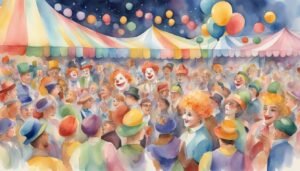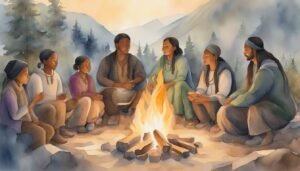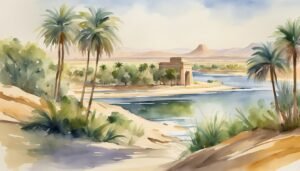Clowns: Understanding the Art and History of Clowning

Clowns evolved from ancient jesters to modern entertainers, adapting to cultural changes over the centuries.

Clowns evolved from ancient jesters to modern entertainers, adapting to cultural changes over the centuries.

The F-35 helmet integrates advanced technologies to enhance pilots' situational awareness and operational capabilities.

Early civilizations developed from agrarian societies, using technological innovations and structured governance, and formed the basis of modern society.

Two-Spirit identity in Native American cultures blends gender diversity with spirituality, shaped by tribal traditions and histories.

The Nile River, essential for Egypt's agriculture, stretches 6,650 km from Central Africa to the Mediterranean, forming fertile lands and the populous Nile Delta.

Alan Turing excelled in mathematics early on, studied at Cambridge and Princeton, and made major contributions to computer science and cryptanalysis.

When dog owners observe their pets constantly scratching or showing discomfort, it's important to understand the root causes of such symptoms. Itchiness in dogs, medically known as pruritus, can arise from various factors ranging from food allergies to infections.

Kyiv, a historic center of Eastern Europe, combines a rich history from Kyivan Rus' to a vibrant cultural and educational hub today.

Post-World War I fears and nationalist sentiment led to changes in US immigration policy, marked by the passing of the Emergency Quota Act of 1921 and the Immigration Act of 1924.

With the James Webb Space Telescope (JWST), a plethora of scientific discoveries have illuminated our understanding of the cosmos. These findings, ranging from uncovering the intricate details of distant galaxies to peering into the atmospheric compositions of exoplanets, represent a monumental leap in observational astronomy due to the JWST's unprecedented resolution and sensitivity.